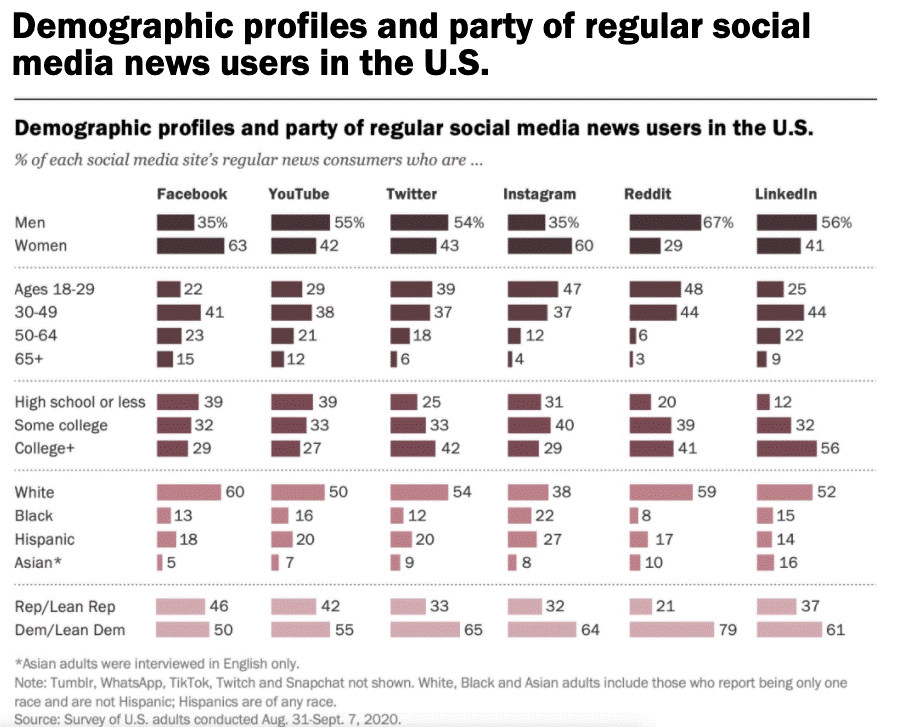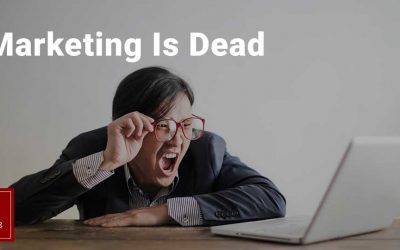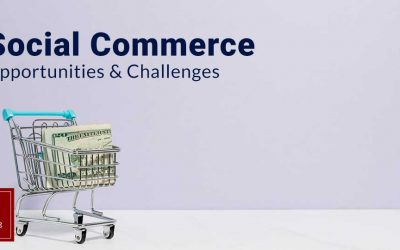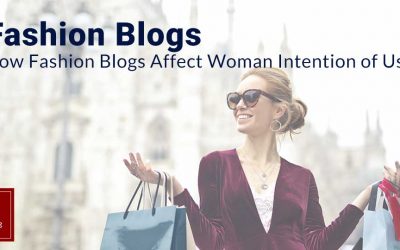Facebook remains the undisputed king of social media platforms, serving as the primary location for friends to communicate and share online. More than a social network for friends, Facebook has evolved into a platform for businesses to sell themselves through client contact and self-promotion.
With such a big user base, Facebook is rapidly gaining popularity as a tool for public relations and advertising professionals to reach enormous audiences. Facebook fan pages enable brands to build an online community of brand users on social networking sites. These public profiles, which operate similarly to individual user profiles, allow brands to contribute information and updates, as well as images and videos.
The success of its marketing platform is dependent on two critical components: the social graph and reach.
Photo by Oladimeji Ajegbile from Pexels
Businesses in Facebook
Facebook marketing is a platform that enables marketers to reach a big audience through a range of highly targeted paid adverts and organic postings. Over the last decade, Facebook has evolved from the internet’s most popular social media to one of the largest marketplaces.
Almost 90 million businesses already use Facebook. Around 1.88 billion people use Facebook at least once a day, and at least 17% of users utilize the platform to connect with brands and products.
In other words, businesses are actively recruiting customers on this social media network, making it a natural fit for you to establish your profile.
With nearly a billion potential clients, Facebook should be used by every business. It is just as critical as having a business website – and far easier to develop. Whether you represent a large corporation or a small business with a few employees, you can assume that at least some of your consumers are already on Facebook. Frequently, Facebook marketing is employed by the following:
- Brands, food, gadgets, home goods, and restaurants—almost any type of brand may be promoted on Facebook, converting inactive customers into active followers who follow promotions and developments and share with their friends.
- Small businesses in the neighbourhood. Whether a business is family-owned or a franchise of a larger corporation, a Facebook page can be utilized to convert a local customer base into a fan base that visits your store more frequently.
- Musicians, celebrities, authors, syndicated columnists—anyone who earns a living by being known on Facebook wants to be known by as many people as possible.
- Organizations dedicated to charitable purposes. Charities, political organizations, and public service campaigns can all benefit from Facebook’s inherent sharing capabilities.
Consumer Behaviour on Facebook – Depending on Age.
According to conventional opinion, teens and young adults have an advantage in online purchasing since they are quick to pick up on and adapt to new online shopping environments. The older age probably does not purchase online as often as the younger generation does because they are less comfortable and slower to adjust to new environments. As a result, older generations are more hesitant to engage in online buying than younger generations. Recent surveys, however, indicate that this may not be the case.
For instance, a Pew Research survey found that while older generations use the Internet less for socializing and fun, they use it more for information searches, emailing, and shopping. Additionally, both young and old increasingly engage in video downloads, online travel reservations, and work-related research on an equal footing.
Facebook currently is and continues to be the most popular social media network across all age categories in the World. And no generation makes greater use of it than the millennial generation.

The Study
When asked about their general use of social media – rather than individual platforms – 72 % of Americans claim they have used social media sites at least once. There are some substantial age differences, consistent with previous Center studies on social media use;
- Approximately 84 % of adults between the ages of 18 and 29 say they have never used any social networking sites;
- Comparable to the % of adults between 30 and 49. (81 %).
- By comparison, a slightly smaller proportion of those aged 50 to 64 (73 %) and fewer than half of those aged 65 and older (45 %) report using social networking sites.
Source: Social Media use in 2021 – Pew Research
This gives us the indication that the majority of the American users of social media is not aware that Facebook, Youtube, Snapchat, etc, are Social Media. These age discrepancies often extend to platform use, with younger Americans more likely to utilize these platforms than their older counterparts – albeit the margins between younger and older Americans vary across the platform.
- Age disparities are notably pronounced in Snapchat and Instagram uses but is less pronounced in Facebook use.
- The majority of 18- to 29-year-olds report using Instagram or Snapchat, and about half report using TikTok, with those on the younger end of this cohort – ages 18 to 24 – is most likely to report using Instagram (76 %), Snapchat (75 %), or TikTok (55 %).
- These proportions are opposed to those found in older age groups. For example, whereas 66% of those aged 18 to 29 report using Snapchat, only 2% of those 65 and older report doing so – a 63 % point gap.
Additionally, a sizable % of adults under the age of 65 reports using YouTube. 95% of those aged 18 to 29, 91% of those aged 30 to 49, and 83% of individuals aged 50 to 64 claim they utilize the platform. However, this % reduces significantly – to 49% – among individuals 65 and older.
By contrast, the age disparity between the youngest and oldest Americans is smaller on Facebook. Fully 70% of individuals aged 18 to 29 report using the platform, and those aged 30 to 49 (77%) and those aged 50 to 64 (77%) report the same (73 %). Half of those 65 and over say they use the site, making it the most popular platform among this demographic.
Future research might investigate how customers interact with social media sites differently and how they facilitate diverse relationships with brands Access to discounts, and special offers were the top reason customers of all ages followed brands on Facebook.
Fashion has long been one of the fastest-growing segments of the eCommerce market. Fashion firms have used Facebook advertisements to boost sales, consumer loyalty, and repeat purchases.

Top Reasons for not Following Brands on Facebook
With millions of businesses utilizing social media for marketing purposes, gaining followers is a competitive field. With so many businesses to choose from, our respondents were quite selective — half of the respondents followed only 1 to 4 brands on Facebook, LinkedIn, and Twitter.
It is noted that a combination of brand choice and its level of exclusivity may give its social media followers. Among the significant discoveries are the following:
- 16 % of respondents stated that they would follow a brand if they liked it.
- 15 % stated they follow brands to be aware of special offers/promotions.
- Twelve % indicated that they follow brands to be informed about new products and services.
- Additionally, freebies and staying current on company news rounded out the top five. And receiving brand input received fewer than 5% of the vote.
Additionally, followers prefer some types of information over others. Over 20% of respondents indicated that photographs are their preferred sort of content. At 15% each, videos and customer evaluations came in second place, while company news and white papers earned the final slots.
Therefore, Why Do Consumers Unfollow Brands? It Comes Down to Three Primary Reasons;
1 – An excessive amount of self-promotional or uninteresting material
A small amount of self-promotion is beneficial. After all, why would a brand be present on social media if not to advertise their most recent accomplishment?
However, an excessive amount of “look at me” is the most common cause for individuals to unfollow a company. 45 % of respondents stated that they would unfollow a brand on social media if it engaged in excessive self-promotion.
Self-promotional content adds minimal value to followers, and the regularity with which uninteresting stuff is shared was also mentioned as a turnoff. When further questioned:
- Over 20 % of respondents stated that they would unfollow a brand on Facebook or Twitter if they found the content to be tedious or repetitive.
- Over 15 % stated they would unfollow a brand on Facebook, LinkedIn, or Twitter if it shared content more than six times each day.
Sources:
A Custom Technology Adoption Profile Commissioned by Dell.
Digital music news
2 – Excessive reliance on automated messaging or a lack of personal interaction
This occurs repeatedly, and there are lists devoted to some of the more egregious automated messaging failures. More than a third stated they would unfollow a brand if they got an automated message. For the most part, a brand’s lack of connection with customers was not a convincing reason to unfollow. The following facts were revealed after further research:
- Only 8 % of Twitter users unfollow a company due to a lack of engagement, with an even lower %age unfollowing for similar reasons on Facebook.
- In terms of what followers perceive as crucial social media activity from brands, “engagement with followers” dropped behind “new material” and “on-brand content.”
However, engagement is expected; thus, what do your fans anticipate?
It changes according to the social media platform you’re utilizing. For instance, 39 % of respondents say brands are extremely likely to engage with them on Facebook, compared to 36 % on Twitter. Additionally, approximately a quarter of our respondents anticipate receiving a response within an hour of writing a comment on a brand’s Facebook or Twitter page. Additional information was uncovered:
- On Facebook, 16 % anticipate a reaction within 12 to 24 hours; 13 % on Twitter.
- On Facebook, 13 % anticipate a reaction within one to two hours; 14 % on Twitter.
- On Facebook, 12 % anticipate a reaction within 30 minutes to an hour; 14 % on Twitter.
3 – Inappropriate Hashtag (#) use
While Jimmy Fallon and Justin Timberlake notoriously mocked the misuse of hashtags, their joke does have some validity. What was previously solely available on Twitter is now available on Facebook, Google+, and Instagram, making it critical to understand how your customers want you to use it. Indeed, tweets that include hashtags receive twice the engagement of those that do not.
According to our survey, 19% of respondents indicated that they would unfollow a business on social media if the brand made ineffective use of hashtags. Mistakes range from inserting an excessive number of hashtags in a status update or tweet using a hashtag that makes no sense.
How Mistakes on Social Media Affect Brand Perception
While social media tactics are critical, they also impact something more essential to company longevity: brand perception. Nearly half of respondents indicated that they would unfollow a brand instantly if it received negative headlines for poor customer service.
Upon further investigation, random responders were given 5 different examples of poor customer service via social media. Respondents said that they would take no action if the blunder did not personally harm them. Most respondents responded that they would not unfollow a brand due to these specific social media blunders. Additionally, the following findings were made:
- 16 % indicated that they are unlikely to unfollow a brand on social media if they receive negative headlines for poor customer service.
- 35 % said that a firm receiving negative headlines for bad customer service would not affect their choice to unfollow it.
Discussion and Conclusion
While each of these numbers is intriguing on its own, it is the combination of data from “what are the top reasons consumers follow companies” and “becoming engaged with brands” that should resonate with marketers the most:
- 9 % of Facebook users and 43.5 % of Twitter users said they use social media to communicate with brands and remain informed about special deals.
- 70 % stated they had utilized Facebook to enter a contest or sweepstakes.
This means that social media users are on the lookout for deals and will likely enter contests (or other activities) to do so. Assure that any offers you make on your website, whether they are product giveaways for B2C businesses or research reports or webinars for B2B businesses, are pushed consistently via social media with links back to relevant landing pages on your site. Additionally, do not underestimate “follower’s rage” — the belief that people will become bored and unfollow you if you continue to reuse the same stuff. Offers should be innovative, and new ones should be created frequently.
Users of Facebook Have Strong Motives
This infographic demonstrates that consumers follow brands on Facebook for specific reasons. Based on the statistics above, we can be certain that they all intend to do something with their gathering information. They utilize Facebook to learn about a firm and its products and then apply what they’ve learned to their own purchasing decisions or the purchasing decisions of others through recommendations.
The key takeaway for Marketers
Use this fact as a filter for the content you publish. Put yourself in your clients’ place and consider the following: “Where does the data I’m about to share fit into the purchasing process? Is it at the very top, or is it at the bottom?” Is this contest link or blog post summary as strong as it can be based on that estimation? Optimize the effectiveness of your updates and content. Determine what works and develop rules or a structure for your social media team outlining the kind of material that generate the most engagement.






Facebook Social Graph
Facebook’s social graph enables it to understand better our global social network of friends and how we engage with one another. Whether it’s announcing a child’s birth, posting a photo, the frequency with which we’re offered a particular type of ad unit, how we respond to them and advertisers, or a variety of other activities we perform, Facebook has all the insights and is building sophisticated products around them. The social graph is critical for understanding human behavior, and Facebook can now build advertising goods unlike any other.
One of Facebook’s research outcomes was conducted in collaboration with Datalogix, Acxiom, Epsilon, and BlueKai. They developed a sophisticated tool called partner categories, which enables advertisers to target Facebook users using hundreds of categories, including:
This instrument alone gives marketers a level of value that they cannot obtain from any other source. All of this was possible because Facebook cooperated with merchants and its ability to map similar clients based on their social graph. Once you truly comprehend what it has accomplished, it is a remarkable concept.
The synergy between the offline and online worlds does not stop there. Facebook also has a feature called bespoke audiences that enables advertisers to upload their consumers’ phone numbers and email addresses. Facebook then associates that information with user profiles, enabling advertisers to target their advertising exclusively at their customers.
Consider the following possibilities: You’re a vehicle producer who recently sold a vehicle. Winter is approaching. You did not provide them with winter tires. You could upload all those consumers’ email addresses or phone numbers. Facebook will then securely match individuals to its database, allowing you to begin targeting them with advertisements for winter tires. It’s far faster, less expensive, and more effective than any other direct-response campaign you might do. It’s quite powerful stuff, a marketing platform that combines offline and internet activity. There is no other platform comparable to it.